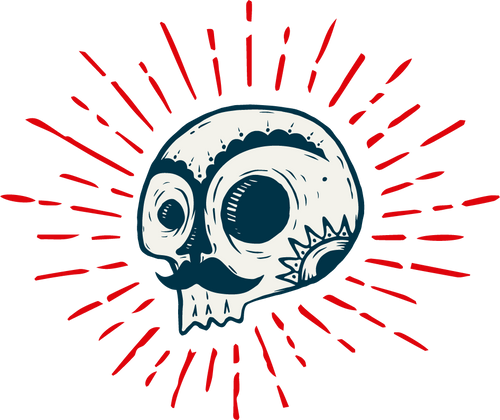Committed to represent
a curated selection of Mexican spirits and other crafted products you need is your life.
We carefully select every single product that is offer in our website, with the best price in the market!










We're excited to share a new batch of our sought-after Espadín Capón, crafted by maestro mezcalero Cándido García Cruz. This 2022 release showcases the rich character and complexity that make Espadín such a beloved variety, while paying homage to the craftsmanship and dedication of the García family.
Production Process
- Maguey(es): Espadín Capón (Agave angustifolia var.)
- Provenance: Homegrown, La Mina parcel
- Producer: Cándido García Cruz
- Region: Logoche, Miahuatlán, Oaxaca
- Soil Type: Red and rocky (tierra cascajudo)
- Rest Time After Harvest: Eight days
- Oven: Conical earthen pit; roasted for eight days with mesquite wood
- Post-Roast Rest Time: Eight days
- Maceration: Machete and shredder
- Fermentation:Native yeasts; Seven 1200L Montezuma cypress vats (sabinos)
- Dry Fermentation: 24-72 hours
- Wet Fermentation: 12-15 days
- Distillation: Twice in copper pot stills
- Final Composition: Heads, hearts, and a high-proof cut of tails (común macizo)
- Batch Size: 800 liters
- Date of Distillation: February 2022
- ABV: 47.6%
Agave culture is not only liquid, read on!
The art of making Capón Mezcal
"Capón" denotes a distinctive technique employed in naturally enhancing the agave before harvesting, I like to believe that in the mezcal-producing world, it is an uncommon & delicious batch that is connected with time.
As agave plants mature, they initiate the growth of a shotting their flowering stalk, commonly known as "quiote" in Spanish. It resembles an asparagus but it has a massive size!
Anyway, these stalks, reaching heights from 6 to (you have never seen) x Meters, bear flowers filled with seeds, signaling the plant's reproductive (and final) life phase. However, to conserve energy and redirect it back into the agave heart (piña), the stalk is severed—a process metaphorically akin to castration, hence the term "capón."
The agave life cycle is straightforward: sprout, mature over years (potentially decades), flower for reproduction, and eventually perish. The emergence of a bump atop the agave indicates the impending growth of the quiote. Allowing the quiote to mature would deplete the plant's carbohydrates and energy reserves, hence the necessity of castration to retain these vital resources within the piña for mezcal and pulque production.
Calle 23 Tequila full story
FERMENTATION IS LIFE!
BEÚ SPIRITS
SHOP THE COLLECTION BEÚ Spirits is a Zurich & Berlin-based start-up that produces mezcal and agave spirits. The young company consists of six ...











